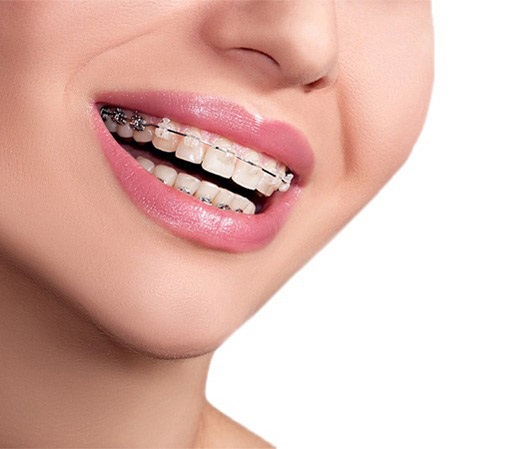Orthodontic
What is orthodontic treatment?
Orthodontics is a branch of dentistry that involves the treatment of teeth and jaw that are incorrectly positioned when the mouth is closed. This is used mainly for those who have overcrowded and crooked teeth as this treatment straightens the teeth or moves them to a better position. This treatment brings a pleasing appearance, helps in improving the patients biting ability and comfort, and maintains better oral hygiene.
Orthodontic treatment aims to solve the below problems:
Types of orthodontic treatment:
1. Braces: are the most commonly used fixed appliances these days that consist of brackets, bands, and Wires. To achieve the desired results, which may be attained in a few months to a few years, braces are typically adjusted monthly. Today with technology, the braces that are available in the market are smaller, lighter, and consist of less metal than in the past. They are also available in various colors and styles that suit both kids and adults. There are many braces such as:
2. Aligners: These are one of the widely used appliances by many orthodontists as an alternative to traditional braces without metal wires and brackets. Aligners are virtually not visible and can be easily removed while brushing, flossing, and eating. They are special, translucent trays that straighten teeth in a manner similar to braces. Instead of dealing with the inconveniences of metal wires and brackets, they employ gentle, consistent force to shift the teeth into the desired position. Through a digital scan, they are individually created for each patient. There have numerous benefits such as they are invisible, it offers freedom while eating brushing & flossing, and fits smoothly on the teeth.

